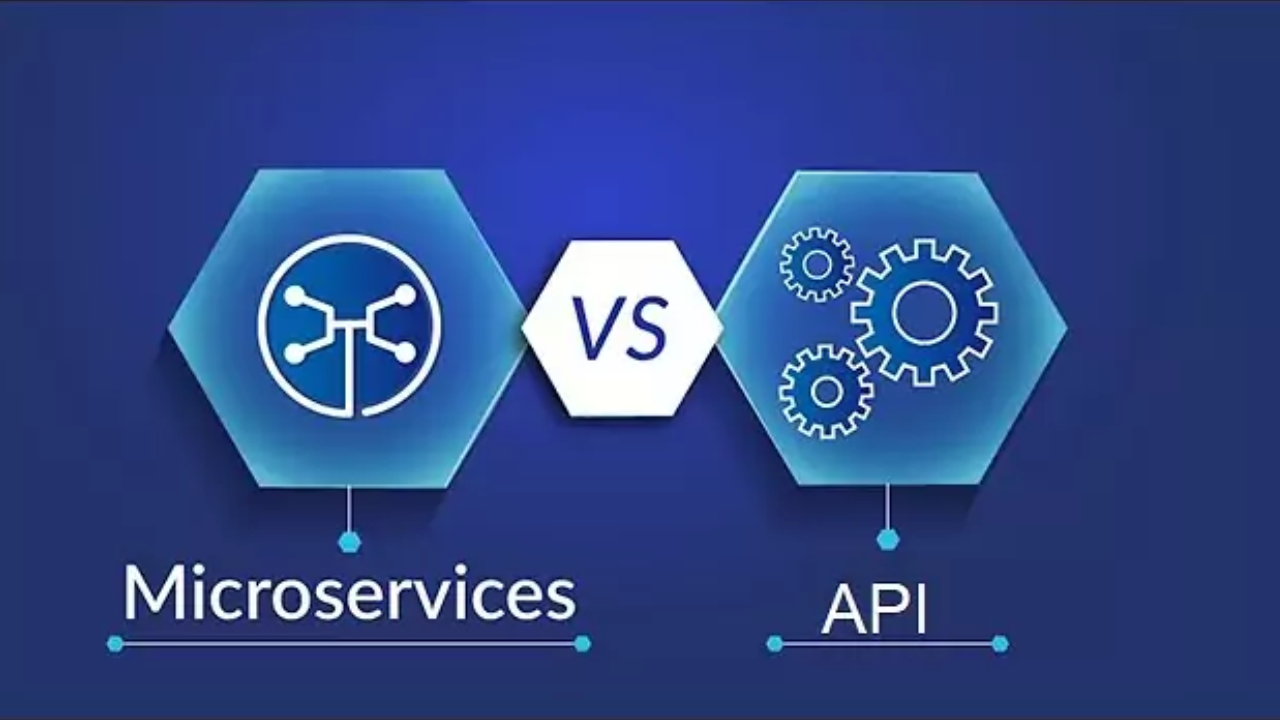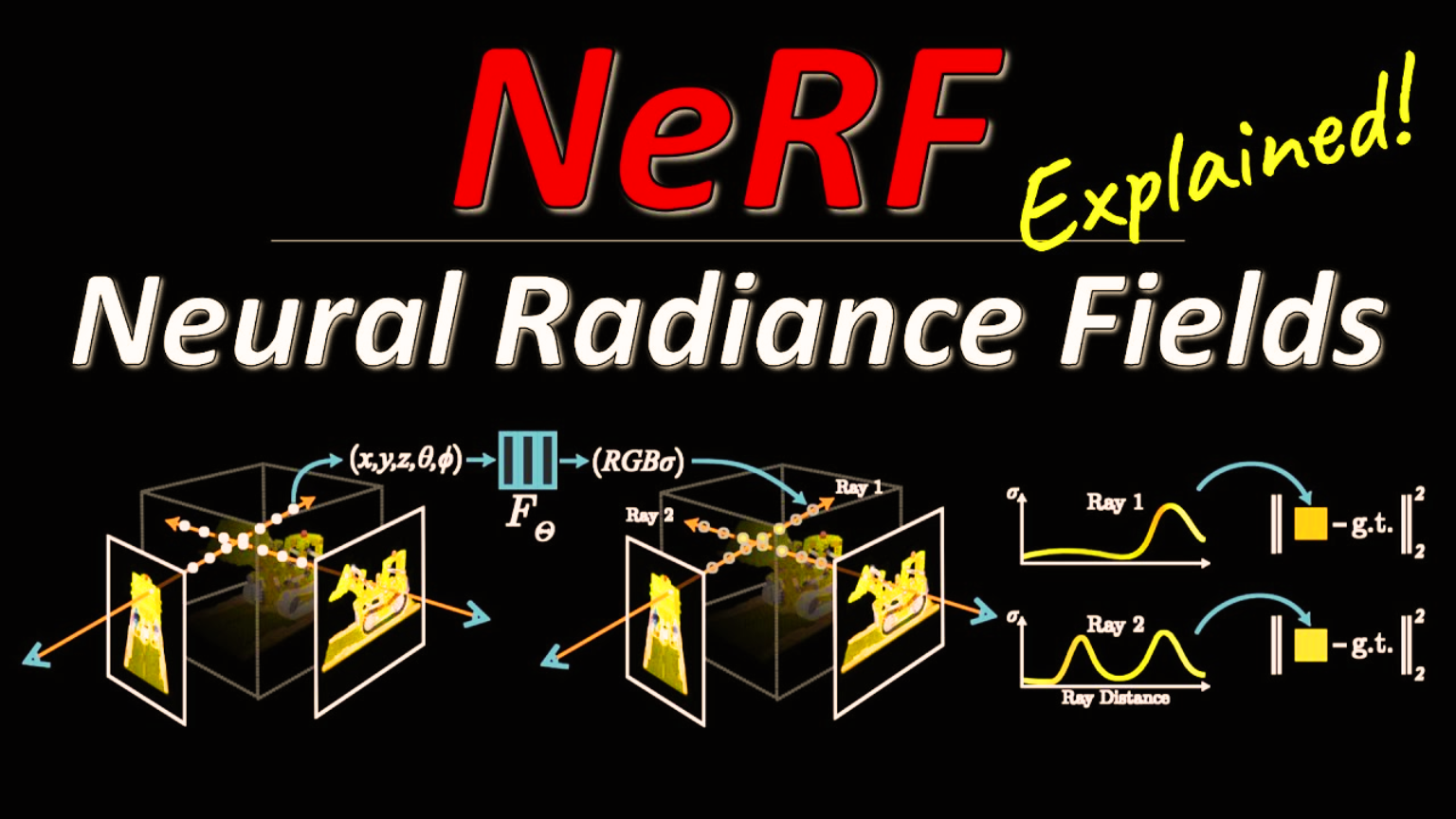In recent years, the field of Natural Language Processing (NLP) has seen significant advancements, with the development of Generative Pre-trained Transformer (GPT) models. These models have revolutionized the way we interact with machines, enabling them to understand and generate human-like language. In this article, we will explore the differences between GPT-4 and GPT-3, two of the most advanced NLP models to date.
Introduction to GPT-3 and GPT-4
GPT-3, released in 2020, is the third iteration of the GPT series, developed by OpenAI. It is a language model that uses deep learning techniques to generate human-like text. GPT-3 has a context window of 2048 and can generate up to 3000 words of text. It has been widely used in various NLP tasks, including language translation, question-answering, and text completion.
GPT-4, on the other hand, is the latest addition to the GPT series, and it promises to be even more advanced than its predecessor. While the technical details of GPT-4 are not yet available, it is expected to have a larger context window and generate longer text than GPT-3.

GPT 4 vs GPT 3: A Comprehensive Comparison
Context Window
One of the significant differences between GPT-3 and GPT-4 is the context window size. The context window refers to the number of words or tokens that the model can take as input.
GPT-3 has a context window of 2048, while GPT-4 has a context window of up to 32768, depending on the version. This means that GPT-4 can take in 4 to 16 times more input than GPT-3, allowing it to process more information and generate more accurate and relevant responses.
Visual Studio Code vs Visual Studio
Output Length
Another significant difference between GPT-3 and GPT-4 is the length of the generated text.
GPT-3 can generate up to 3000 words of text, while GPT-4 can generate up to 24000 words, which is equivalent to 48 pages. This is eight times more than what GPT-3 can generate, constrained by 3000 words, which is equivalent to 6 pages. This means that GPT-4 can generate longer and more detailed responses, making it more suitable for tasks that require generating lengthy text.
Performance
GPT-4 is expected to outperform GPT-3 in various NLP tasks. GPT-3 has already demonstrated impressive performance in tasks such as language translation, question-answering, and text completion. However, GPT-4 is expected to perform even better due to its larger context window and increased model size.
One of the areas where GPT-4 is expected to excel is in language translation. GPT-3 has already shown impressive performance in this area, but GPT-4 is expected to be even better due to its larger context window and improved accuracy.
Another area where GPT-4 is expected to perform well is in text completion. GPT-3 has already shown impressive performance in this area, but GPT-4 is expected to generate more accurate and relevant responses due to its larger context window and increased model size.
Limitations and Challenges
While GPT-4 promises to be a significant advancement in the field of NLP, it also comes with its limitations and challenges. One of the significant challenges is the increased processing and computing resource requirements. GPT-4’s larger model size and context window require more significant processing power and computing resources, which can be a challenge for some organizations.

Another challenge is the potential for malicious usage of the technology. GPT-4’s ability to generate human-like text can be used for nefarious purposes, such as creating fake news or impersonating individuals online. It is essential to work towards improving the safety and reliability of the technology to limit its malicious usage.
Data Warehouse vs Data Mart: A Detailed Comparison
Conclusion
GPT-4 promises to be a significant advancement in the field of NLP, with its larger context window and increased model size. It is expected to outperform GPT-3 in various NLP tasks, including language translation and text completion. However, it also comes with its limitations and challenges, such as increased processing and computing resource requirements and the potential for malicious usage. It is essential to work towards improving the safety and reliability of the technology while also exploring ways to make it more accessible and open-source.

















